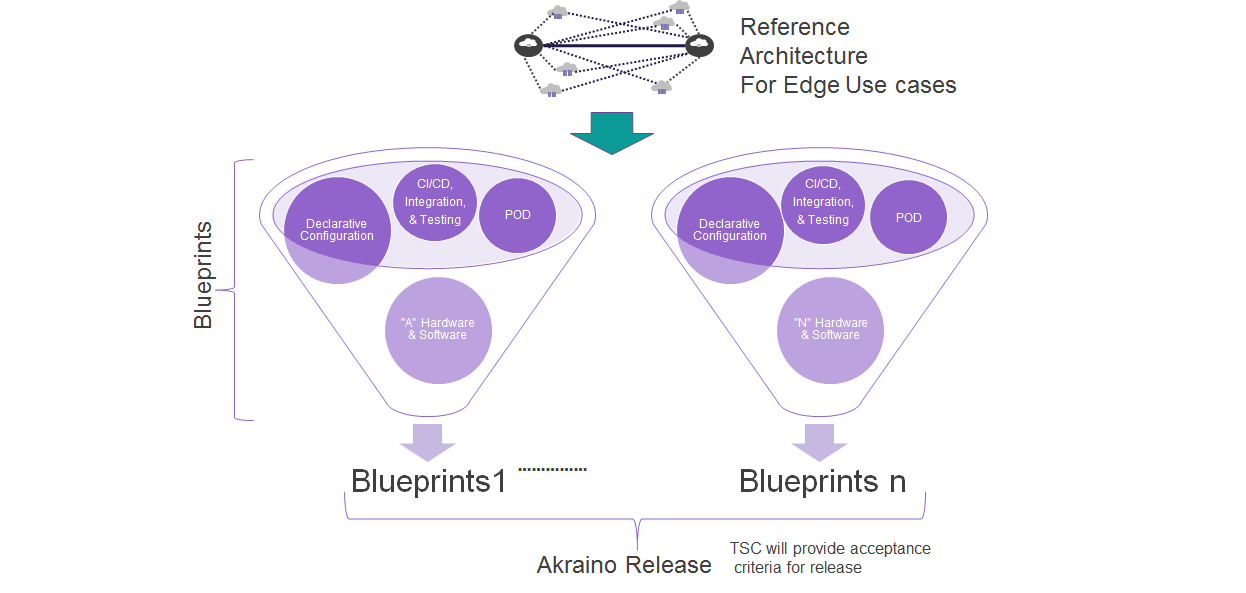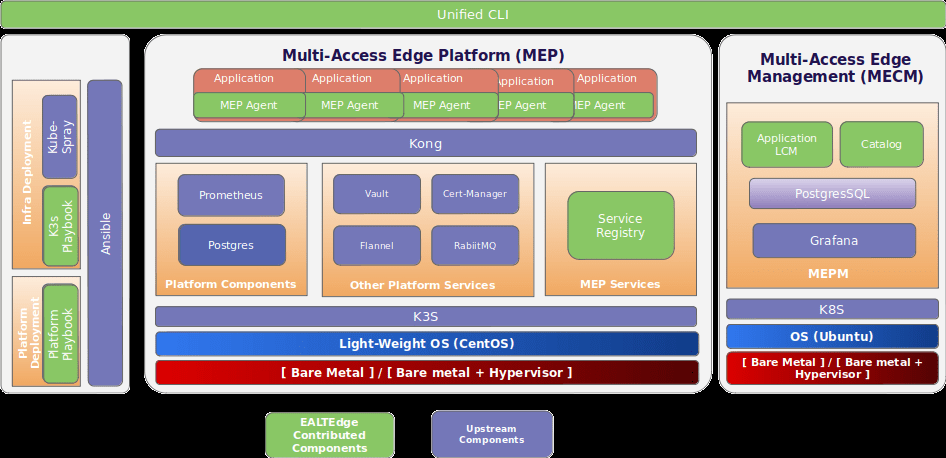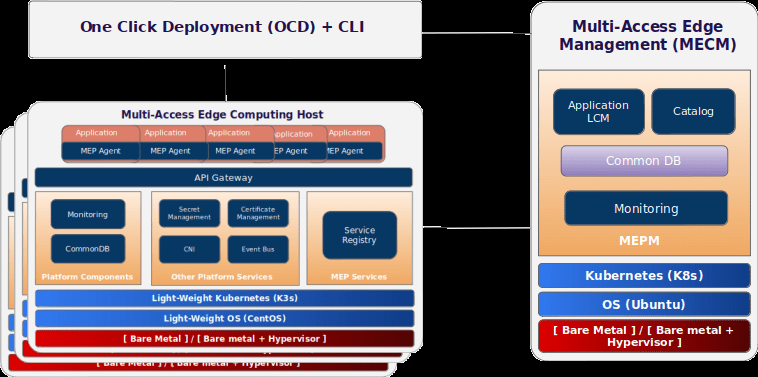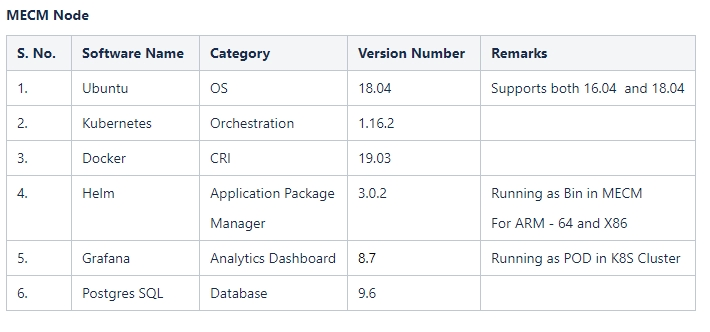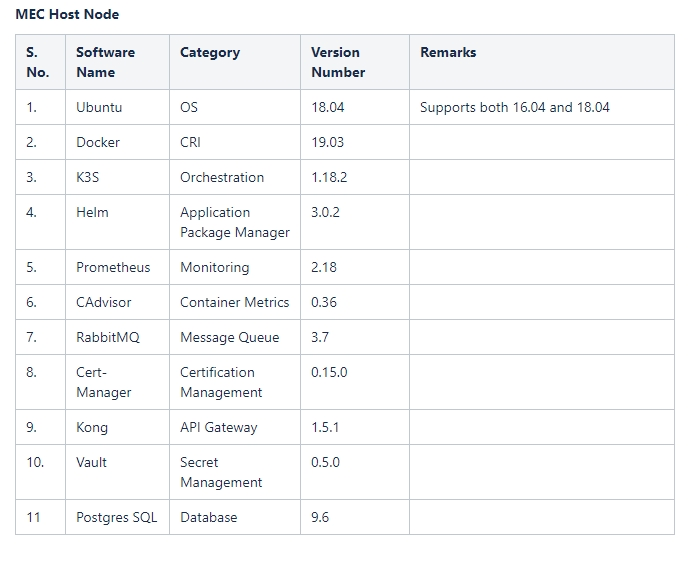This is my 2nd article in the series “Edge Computing” articles. In this article I’m going to provide an overview about Project “Akraino” which is an opensource initiative of Edge Computing platforms from LF Edge (Linux Foundation Edge). Read my introduction article about Edge Computing “Introduction to Edge Computing & Open Source Edge Platforms” for more details about the Edge Computing Implementations and is available in the below link.
LF Edge is an umbrella organization that aims to establish an open, interoperable framework for edge computing independent of hardware, silicon, cloud, or operating system. By bringing
together industry leaders, LF Edge will create a common framework for hardware and software standards and best practices critical to sustaining current and future generations of IoT and edge devices.
Akraino Edge Stack
Akraino is a Linux Foundation project initiated by AT&T and Intel, intends to develop a fully integrated edge infrastructure solution, and is completely focused towards Edge Computing. Akraino is a set of open infrastructures (like ONAP, OpenStack, Airship, Kubernetes, Calico etc.) and application blueprints for the Edge, spanning a broad variety of use cases, including 5G, AI, Edge IaaS/PaaS, IoT, for both provider and enterprise edge domains. Akraino edge stack is targeted for all three type of edge computing implementation like MEC, Fog Computing / IoT, Cloudlet.
Since the edge computing solutions require large-scale deployment (typically covering 1000 plus locations) the key requirement for the Akraino project is to keep the cost low and ensure it supports large-scale deployments via automation. The goal of Akraino is to supply a fully integrated solution that supports Zero-touch provisioning, and Zero-touch lifecycle management of the integrated stack.
Akraino is targeted for different use cases and implementation, the community manages these use cases and implementation by defining Blueprints for each deployment. The Blueprints are the declarative configuration of entire stack i.e., Infrastructure / Cloud platform, APIs for managing, and Applications. Here the Declarative configuration management refers to set of tools that allow the users / operators to declare the desired state of the system (be it a physical machine, EC2 VPC or a Cloud account, or anything else), and then allow the configuration management system to automatically bring the system to the declared state.
Every blueprint consists of the following main components.
- Declarative Configuration which is used to define all the components used within that reference architecture such as Hardware, Software, tools to manage the entire stack, and point of delivery i.e., the method used to deploy in a site
- The required hardware and software to realize the deployment
- The CI/CD pipeline for continuous integration and delivery
- POD – Point of Delivery which defines the BOM of the hardware components to deploy a
particular deployment with different scale requirement.
Blueprints have been created by the Akraino community and focus exclusively on the edge in all of its different forms. What unites all of these blueprints is that they have been tested by the community and are ready for adoption as-is, or used as a starting point for customizing a new edge blueprint.
Akraino supports VM, container and bare metal workloads based on the application deployment. To meet this, Akraino community works with multiple upstream open source communities such
as Airship, OpenStack, ONAP, etc., to deliver a fully integrated stack. The below link provides the list of blueprints approved by the Akraino.
https://wiki.akraino.org/pages/viewpage.action?pageId=1147243
In this article, I’m going to cover one of the blueprints and explain in detail. Since this article is a series talking about the 5G deployment, the blueprint which I’m going to talk about comes under the “5G MEC System Blueprint Family” and is called as “Enterprise Applications on
Lightweight 5G Telco Edge (EALTEdge)”
EALTEdge Introduction
The main objective of EALTEdge is to provide a platform that can be leveraged by various Telecom operators to give value added services to end users which intends to make a complete
ecosystem for 5G Telco Edge Enterprise level platform. The EALTEdge is targeted for the Telco Edge and provides Lightweight MEP Solution. I had written an article about the collaboration between the 5G Telco Providers and the Cloud Providers in detail sometime back in the below article. One such implementation of 5G providers to enable the Enterprise to run their application in 5G MEC Edge is EALTEdge.
This Lightweight MEC platform enables real-time enterprise applications on 5G telco edge. The following are some of the use cases of EALTEdge deployment
- Optimized Streaming Media
- Machine Vision in Campus Networks
- Mobile Office
Architecture
The below diagram represent the high level architecture of the EALTEdge platform.
It consists of MEC Management and MEP platform components. The OCD helps is deploying
the MEP and MECM components and consist of list of playbook to deploy the platform and
infrastructure.
The below diagram represents the software being used in the different layers of EALTEdge platform
Deployment Architecture
Typically the EALTEdege platform will be deployed in 3 different nodes (including OCD node) and the list of software being used in these nodes are as follows. The Deployment Architecture consists of the following nodes
- One-Click Deployment Node
- MECM Node
- MEC Hosts Node

